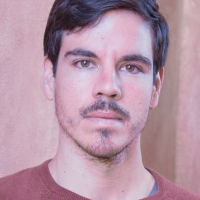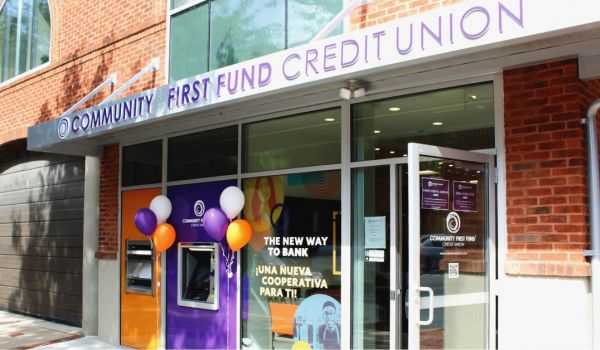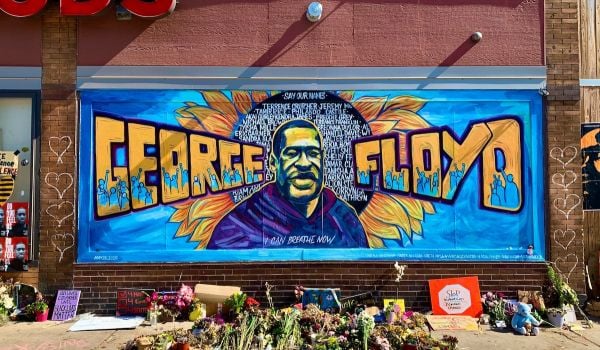Looking back, Onna LeBeau never really knew how her mom made enough money to raise a family. All she knows is that she could barely afford to put herself through college when LeBeau was young, and, years later, whenever LeBeau asked for the same clothes her friends wore in high school, her mom told her it wasn’t in the budget.
So what could she afford? Discussing money was taboo. You just didn’t talk about it with relatives, and that’s still a common tenet LeBeau sees among the Native American families that sign up for her financial literacy classes at the Black Hills Community Loan Fund in Rapid City, South Dakota.
“I was clueless about how any of that happened: how to take out a loan, why you need a bank account, not to mention what happens when you write a check,” she says. “I had to learn the hard way.”
LeBeau hails from the Omaha Tribe of Nebraska, but now she’s in Rapid City as Black Hills’ executive director. It’s the first-ever community development financial institution, or CDFI, headquartered in the city that aims its outreach programs specifically at low-income and Native communities.
But trying to get personal finance conversations started there has been a bit of a hurdle. “Out of all the participants we have, at least 90 percent have had the same experience,” as she did while growing up. “It just wasn’t discussed.”
The University of South Dakota estimates that 26 percent of Rapid City’s population of 79,000, and 100 percent of Black Hills clientele according to LeBeau, come from tribal backgrounds. Yet nearly half of this population lives in poverty.
The city’s Native poverty level is three times that of Native Alaskans living in Anchorage, Alaska, and 30 percent higher than Native American populations in cities like Minneapolis, Tucson, and Gallup, New Mexico.
When it comes to how these populations access finances, she says her financial literacy classes, which started in December 2015, have yet to enroll someone who doesn’t have a payday loan or other predatory debt mark on their credit report. While there’s a paucity of research on Native populations in urban areas, people living on reservations have an average credit score of below 660.
Her institution is in the process of getting certified as a Native CDFI, a Department of Treasury nomination that requires businesses to source 51 percent of their clientele from Native American tribes, Hawaiian or Alaskan natives. These CDFIs can qualify for general CDFI funds that get funneled out to community development groups throughout the country every year. They also get access to the Native American CDFI Assistance Program, a separate reserve of money that Native CDFIs can pull capital or technical assistance loans from.
That program was created in 2001, and since then the Treasury has awarded $120 million and 1,600 hours of technical training to a burgeoning number of Native CDFIs. They’re on the rise, jumping from 14 in 2001 to 75 in 2015.
LeBeau says while most Native CDFIs concentrate their efforts on reservations, there’s an increasing demand for Native CDFIs in urban areas like Rapid City because as more and more Natives move from tribal land to cities, they’re in need of services that can get them into the financial mainstream while also catering to the personal and spiritual roots of their culture.
“If you’re spending 400 a month on an apartment, that can be a house payment,” she says. “In our homeownership class, we talk a lot more about what it is to go through a home loan and the responsibility of owning a home. Even though it’s something that may not be happening immediately, they think ‘Okay, if I keep working hard, I can buy my own home within the next three to five years.’” Nearly 7 out of 10 people with Native backgrounds now live in cities, as compared to fewer than 5 out of 10 in 1970.
LeBeau is hoping her institution will help expand that number. Black Hills got started in 2011, but most of the first four years were rooted in getting funding in place. They rolled out their first major marketing campaign in January 2016.
Since then, the phone calls keep rolling in. Low-income populations in Rapid City are curious to know how they can build credit after years of handling their finances at liquor and check cash stores, according to LeBeau.
“When we have a person that says they want to clean up their credit, we don’t just hand over $1,000 and call it good,” says LeBeau. “We build up a relationship with them to see how they’re using that $1,000 to pay bills or get caught up” with outstanding loans. They also help consolidate outstanding payday loans into single payments, so they’re not having to dole out cash to multiple lenders at once.
Native CDFIs generally have low loan profiles because they act as the gateway for fiscal responsibility both on reservation lands and in urban areas, averaging $24,000 per loan between 2004 and 2012 nationwide. At Black Hills, less is more. Most of its consumer loans range between $500 to $2,000, and in order to get these, applicants have to sign up to be one of LeBeau’s students.
Sometimes, the financial literacy classes she teaches collect half a dozen people. Other times, only one person signs up. No matter the head count, LeBeau commits to them for two weeks, showing them how to budget their money and helping them calculate how their day-to-day expenditures add up in the long term.
One woman, she remembers, wanted some extra cash in December 2015 to help with Christmas gifts for her family. She was given $500, paid it back on time, and has since collaborated with Black Hills on other loans.
“We’ve been able to improve her credit score and get her to the point where she’s ready to buy a home,” says LeBeau.
Her hope is that participants in her financial literacy classes will go home, spread that knowledge to their loved ones, and break the taboo of shielding familial relationships from money talk. Pivoting away from her own experiences growing up with her mom, LeBeau takes extra steps to make sure her five sons know how much money she’s getting each month, how much she pays for rent and groceries, and what’s left over at the end of the day.
Those conversations even include her youngest, who’s 12 years old. “It’s that discussion of what happens to your money, where does it go, why are you paying for these things and even why do you have money?” she says. “It’s so important for them to have a full understanding of the long-term impact.”
The Equity Factor is made possible with the support of the Surdna Foundation.

Johnny Magdaleno is a journalist, writer and photographer. His writing and photographs have been published by The Guardian, Al Jazeera, NPR, Newsweek, VICE News, the Huffington Post, the Christian Science Monitor and others. He was the 2016-2017 equitable cities fellow at Next City.

















